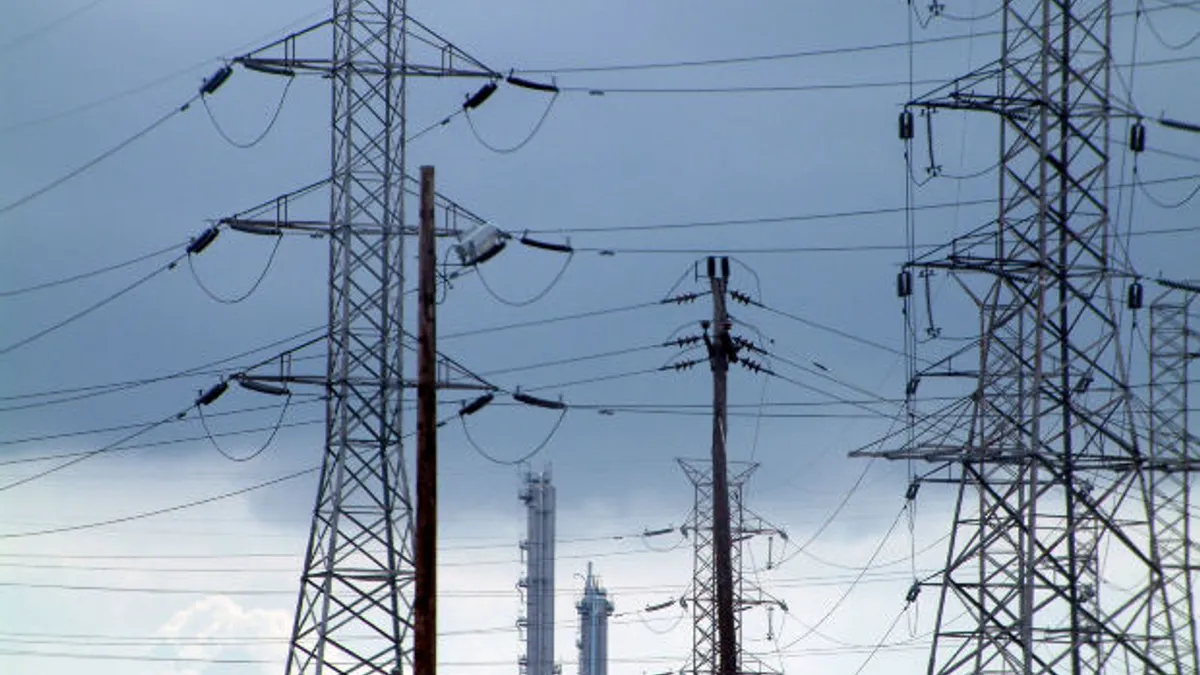Dive Brief:
- The Midcontinent ISO has released its winter preparedness assessment, concluding it has adequate resources to reliably meet demand in the winter months across its footprint, which extends from the Gulf of Mexico to Manitoba, Canada.
- MISO anticipates 142 GW of projected supply will be available to meet an expected peak demand of 103.4 GW.
- The grid operator has a projected reserve margin of 28.3% to 37.3%, hinging on a variety of factors that cannot be known in advance, including resource outages, load and limited transmission.
Dive Insight:
MISO officials are preparing for colder weather and say they expect to have sufficient capacity at the ready, but have also indicated there are contingency plans in place should unplanned outages or demand spike higher than anticipated.
The grid operator said that in the "unlikely, extreme scenario where forecast demand and supply outages are higher than normal," the system could rely on behind-the-meter and demand-response resources to meet demand — similar to what MISO did during the Polar Vortex of 2014.
The winter plan examines three scenarios, including a base-reserve scenario, probable-reserve scenario and a high-load scenario. They have reserve margins of 35.7%, 37.3% and 28.3%, respectively, without outages.
MISO's total probable capacity estimates include 1.7 GW of MISO-North resources with Energy Resource
Interconnection Service, without a firm point-to-point Transmission Service Request. Those resources are “energy only” resources and are not counted as capacity — but still are available to serve local load in real-time operations.
“We continually assess and improve our readiness for peak seasons, including the cold months that often present challenges in terms of weather and generation outages,” Rob Benbow, MISO operations executive director, said in a statement.
Benbow added that MISO operators "are skilled and trained on the most extreme scenarios to ensure we are prepared to maintain system reliability."














